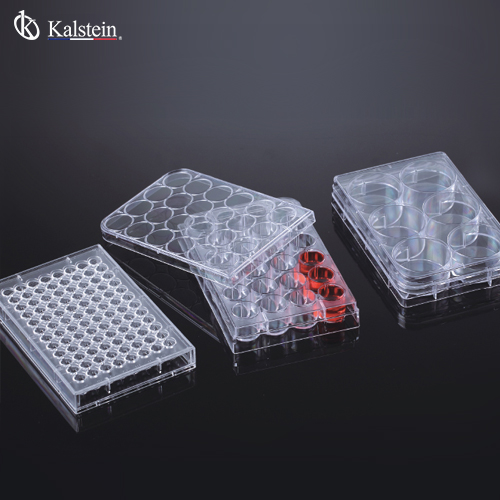Microbiology field is one of the most diverse ones in sciences. Laboratory work is one of the most important aspects in this area because most of the work that is done happens inside them. To study microorganisms like bacteria and virus in detail, it is very important to get them isolated from other species. This can be done with the help of culture medium in a proper container. Lab technicians and scientists must have the right tools and instruments, in order to accomplish reliable results. Dish plates are one of these instruments; they have become fundamental because of their uses.
These devices are shallow cylindrical glass or plastic dishes that biologists use to culture cells such as bacteria or small mosses. These dishes usually feature rings and/or slots on their lids and bases so that when stacked, they are less prone to sliding off one another. This way multiple dishes can also be incorporated into one plastic container to create a “multi-well plate”. You should know that these dishes may be reused after sterilization but they are often disposed after experiments where cultures might contaminate each other. When cell culture is done in these Petri dishes, a culture medium is used. This culture medium is known as agar. Agar is a gel like material, which is made from a red algae and different types of nutrients.
These dishes become very critical for larger scientific laboratories as they would need to be stored and reused over and over again, in case of cross contamination happening. That is why you must have the highest quality dish plates so that your samples, researches and test will not be damaged. Before the invention of the petri dish, there were many other containers, which were used to develop culture, but they usually were contaminated or their surface area, which is used to culture a cell, that was very small.
Dish plates have a wide variety of uses in the microbiology field. They come in handy for many different functions, such as:
– Culture cells: Cells are provided with appropriate environmental conditions and food, which helps them to grow in the given medium. Dish plates such as petri dishes provide space and protects them from contamination. By using them for this function, you can observe the growth of the microorganism.
– Microscopes: The fact that dish plates usually are very small tools; you can keep it directly below the microscope to observe and even dissect the sample for further studies.
– Schools: You can also use them to observe seed germination in schools and colleges.
Another important thing you should know about dish plates such as Petri dishes is that they are incubated upside-down in order to lessen the risk of contamination from airborne particles settling on them and to prevent the accumulation of any water condensation that may otherwise disturb or compromise a culture.
About the using methods, you should know that dish plates can be reused by sterilizing them in an autoclave. This way you will kill other microorganisms, which may be present in the dish. Once you have done this, you can fill them with the agar medium, prepared with the help or red algae. After this, you can save these dishes in the refrigerator in an upside down position. In case you need the samples, you can take them out of the refrigerator and wait for it to be in room temperature. When this happens you can take the sample and pour it on the culture, then close the dish plate’s lid and cover it properly. Once the cell culture grows, you can take the sample and run your tests.
We are offering you the dish plates you need in your company. Visit our catalog HERE

